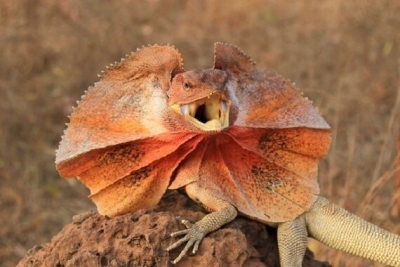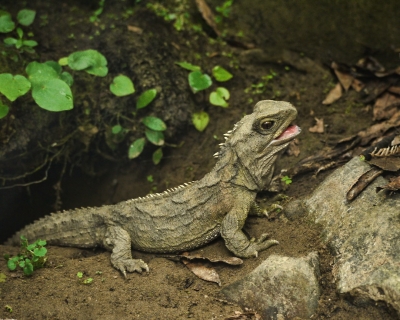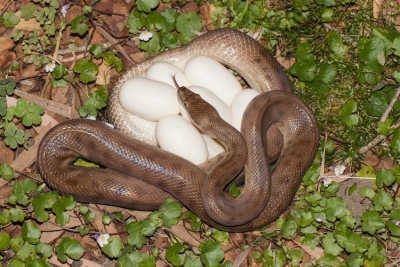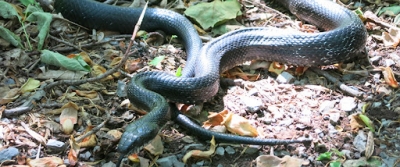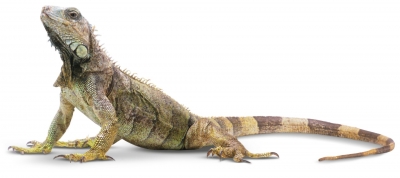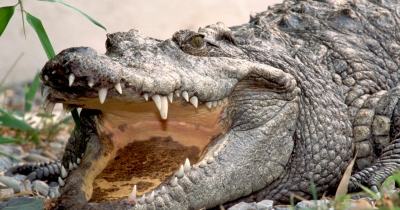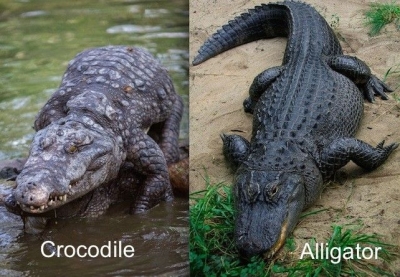
Now and then we come across news reports about a crocodile spotted or an alligator caught somewhere. So, are these words interchangeable or are they two distinct creatures? Come, let’s find out.
Though they are close relatives, crocodiles and alligators belong to two reptile groups (so, no, the words cannot be used interchangeably). At a glance, they may look alike, but on closer inspection, the differences become clear. First, the shape of the snout. Crocodiles have a pointed, V-shaped snout. The alligators, however, have wider snouts that are more U-shaped. Next, the jaw. Alligators have upper jaws that are wider than their lower jaws. So when their jaws are shut, only their upper teeth are visible. But the case is different with crocodiles. Their jaws are nearly similar in size, and so both their upper and lower teeth show even when the jaws are shut-almost making them look as if they were smiling. Alligators are less tolerant to salt water, though they can also be seen in freshwater environments. Normally, alligators are blackish-grey in colour darker than the brown- or greenish-coloured crocodiles. In 2018, researchers from Japan added something more to these differences – that “alligators tend to have shorter humerous bones in their forelimbs and shorter femurs in their hind limbs than crocodiles.”
Here’s something interesting. Both crocodiles and alligators fall under the order Crocodilla (and are called crocodilians), whicg comprises 20 to 25 species. Within Crocodilia, while true crocodiles (such as Nile crocodiles_ fall under the family Crocodylidae, alligators and their cousins called caimans come under the family Alligatoridae, and the likes of gharials (recall the thin snout and a bulbous knob at the end?) belong to the family Gavialidae.
Trivia: South Florida in the U.S. is the only place in the world where both crocodiles (the American crocodile – Crocodylus acutus) and alligators (the American alligator – Alligator mississippiensis) coexist in the wild.
Picture Credit : Google
